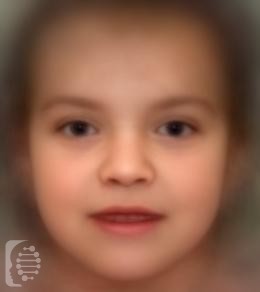
Auriculocondylar syndrome
Auriculocondylar syndrome is an extremely rare genetic condition that has, to date, been diagnosed in just 6 multigenerational families worldwide. The main features and symptoms of the syndrome affect the ears and jaw. It is an inherited condition. This syndrome is also known as:Constricted ears – malformed condyle of mandible Cosman ear; Question Mark Ears […]










